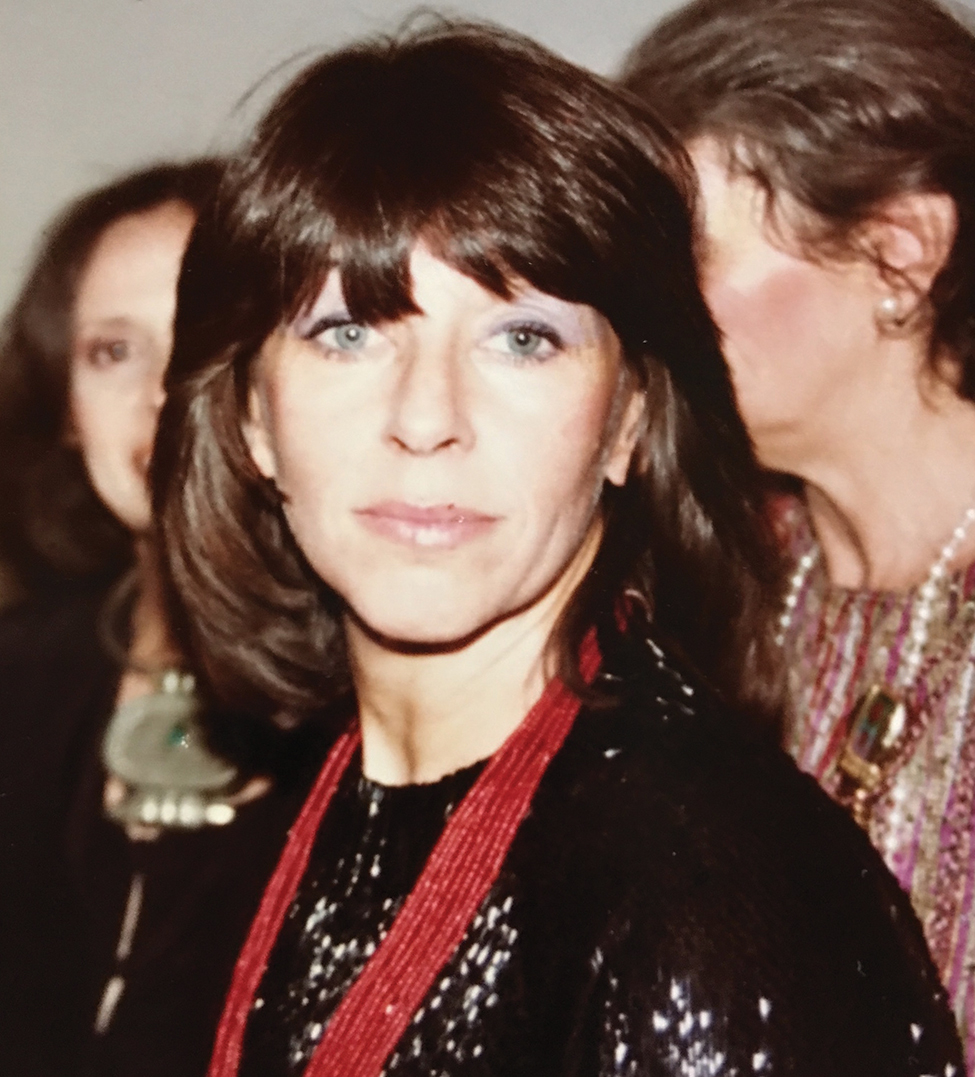Young Couple Eyes Chicago’s Future
Interviews
•
Dec 20, 2016

The artist Joseph Seigenthaler in his studio
Editor's Picks
Explore Chicago
Customer Service
Chicago Gallery News
We are Chicago's source for art gallery news, events, and listings
Thank you! Your submission has been received!
Oops! Something went wrong while submitting the form.
Our newsletter features galleries and spotlights upcoming exhibitions, events and local and national art news.
© 1998 - 2025 Chicago Gallery News, All Rights Reserved
Developed in partnership with White Mountain Solutions





